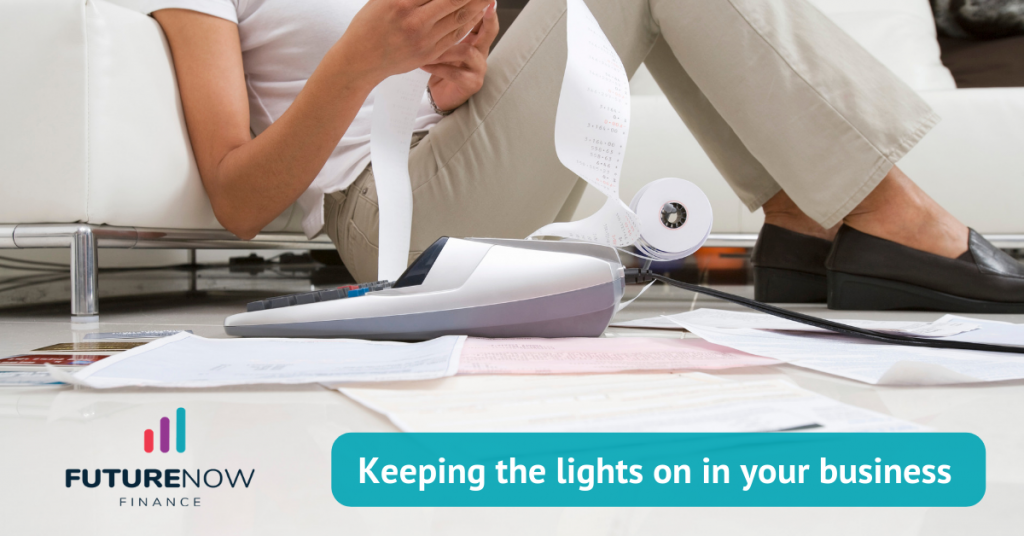Running a successful small business is certainly no walk in the park. According to Xero’s Small Business Insights, only half of Australian small businesses were cash flow positive in June 2019. As much as you are doing what you love, finding enough money to keep the lights on is a constant challenge. Knowing your working capital requirements is a good place to start, so you can access finance if you need to.
What is working capital?
Investopedia explains working capital as a measure of a company’s liquidity, operational efficiency and short-term financial health. It’s the difference between your current assets and your current liabilities, i.e. what you own less what you owe.
Current assets are available within 12 months and include cash, accounts receivable and inventory. Current liabilities are due within 12 months and include accounts payable, wages and taxes payable. If your current assets do not exceed your current liabilities, you may have trouble growing your business or paying back your creditors and could stand the risk of losing your business.
A working capital ratio of 1.0 may be adequate but a ratio of 1.2 to 2.0 is considered favourable. To calculate your ratio, divide your current assets by your current liabilities. If your ratio is below 1.0, you may need to find additional funding to finance the day-to-day operations of your business.
The ratio may fluctuate at different times of the year depending on the nature of your business, e.g. a B2B business is likely to be quiet over the holiday periods when people are on leave, whereas a tourism business would thrive over the same periods. It’s a juggling act to make sure you have the money you need, when you need it.
What are my options if I need help?
If you find that you need to access finance to fund your working capital, you usually have to provide collateral of an asset like a property, possibly your own home. Banks and traditional lenders are reluctant to grant finance without collateral, which is problematic for many small businesses.
The Australian Small Business and Family Enterprise Ombudsman released the Small Business Counts report in July 2019, which found that lending to businesses has decreased, and that 22% of SMEs felt that it was harder for them to access finance. The August 2019 Sensis Business Index reported that 30% of business owners believe it is harder to access finance than it was six months ago.
Each year, the Reserve Bank of Australia convenes its Small Business Finance Advisory Panel to better understand the challenges faced by small businesses. The panel highlighted several key issues facing small business, one of which is the lengthy and difficult process to obtain finance. Banks are reluctant to provide advice on how to obtain finance, making it difficult to compare lending products and determine the best option. When applying, banks request a large amount of information and documentation, and then take a long time to decide whether to extend the loan.
If you don’t own property, or don’t want to use your home as collateral, there are unsecured business finance options available. An unsecured business loan poses a lower risk to your business because you don’t need to provide an asset as guarantee. Rather than putting your personal assets at risk, speak to us about a working capital solution that will suit your needs. You won’t need to go through a painful process or wait weeks for an answer. We are here to listen and to help you find a solution that works best for you and your business.
Contact FutureNow Finance today if you’d like to discuss your options. Call 1300 013 730 or email hello@futurenowfinance.com.au.
If you know of any small business owners who could benefit from this article, please share it with them. We are determined to help small businesses thrive in Australia!

